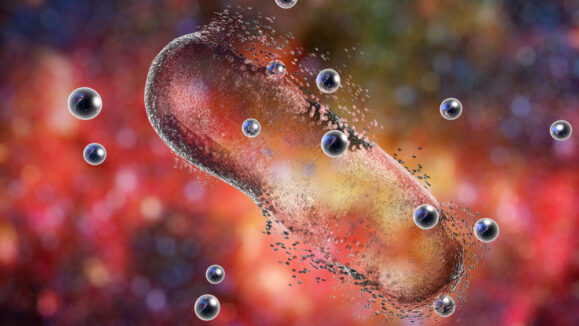The retina relies on a well-functioning blood supply through the retinal vasculature to do its precious work. In a number of retinopathies, such as diabetic retinopathy (DR), age-related macular degeneration, and other retinal vascular diseases, the retinal vasculature is adversely affected, causing the retinal capillaries to be damaged or degenerated. This, in turn, has shown to further impede the function of the retinal tissue, including the photoreceptor cells, causing impairment of vision in affected eyes.
“The main research focus in retinal vascular diseases to explain the visual dysfunction has been on the vasculature itself; however, the potential contribution of photoreceptor cells to the disease has largely been overlooked,” said Prof. Timothy Kern from the Case Western Reserve University, who recently published a review article discussing the possible causal links between photoreceptor cell damage and retinal capillary degeneration.
The article lays out a number of evidence supporting that link. For instance, laser photocoagulation, a laser therapy directed at destroying and thus limiting the number of photoreceptor cells, has been shown to inhibit progression of advanced retinopathies, including DR.
Another significant piece of evidence comes from studies with rhodopsin deficient animal models. Rhodopsin is a light-sensitive pigment found in photoreceptor cells, and is necessary for normal vision, particularly in low-light conditions. Studies with rhodopsin-deficient animals illustrate that when photoreceptor cells produce mutated or no rhodopsin at all, the photoreceptor cells can initiate the dysfunction and degeneration of retinal capillaries.
As a result, Prof. Kern hypothesizes that because the photoreceptors in those animal models are present but not functioning properly, the “sick” or stressed photoreceptor cells are the ones contributing to the development of the vascular damage and the subsequent retinal vascular disease.
So, how can we combat the effects of this?
Aside from the laser photocoagulation approach mentioned above, scientists have applied a light-based therapy called photobiomodulation, where patients are treated with a specific series of illumination to inhibit early DR. Using light as therapy, especially in the night when light-sources are sparse, has shown to significantly improve vision, contrast sensitivity, and the overall microstructure of the eye.
The theory behind the light-based therapy is that in the dark, the metabolic activity and the accompanying oxygen by the photoreceptor cells increases drastically. This creates a hypoxic environment that might compromise the retinal capillaries, bringing about or accelerating the retinal vascular disease.
However, as not all cases of retinopathies show existence of hypoxia, other factors may also contribute to the demise of the retinal vasculature. Possible factors include oxidative stress, inflammatory response, or soluble factors like cytokines that activate a cascade of molecular mechanisms that result in the damage of the retinal microvessels.
Several studies have also demonstrated a protective and possibly therapeutic effect of vascular endothelial growth factor (VEGF) over-expression in photoreceptor cells that causes new blood vessels to form in the photoreceptor layer. VEGF is a growth factor that stimulates vasculogenesis and angiogenesis, and therefore may potentially trigger neovascularization in the retina.
Recent research highlights the necessity to further investigate the potential therapeutic avenues discussed in the article, but Prof. Kern also speculates that more research focusing on photoreceptor specific gene-modification therapies could be the next step in combating the pathogenesis of retinal vascular diseases.
Reference:
Kern TS. Do photoreceptor cells cause the development of retinal vascular disease? Vision Res. 2017; pii: S0042-6989(17)30065-2.



